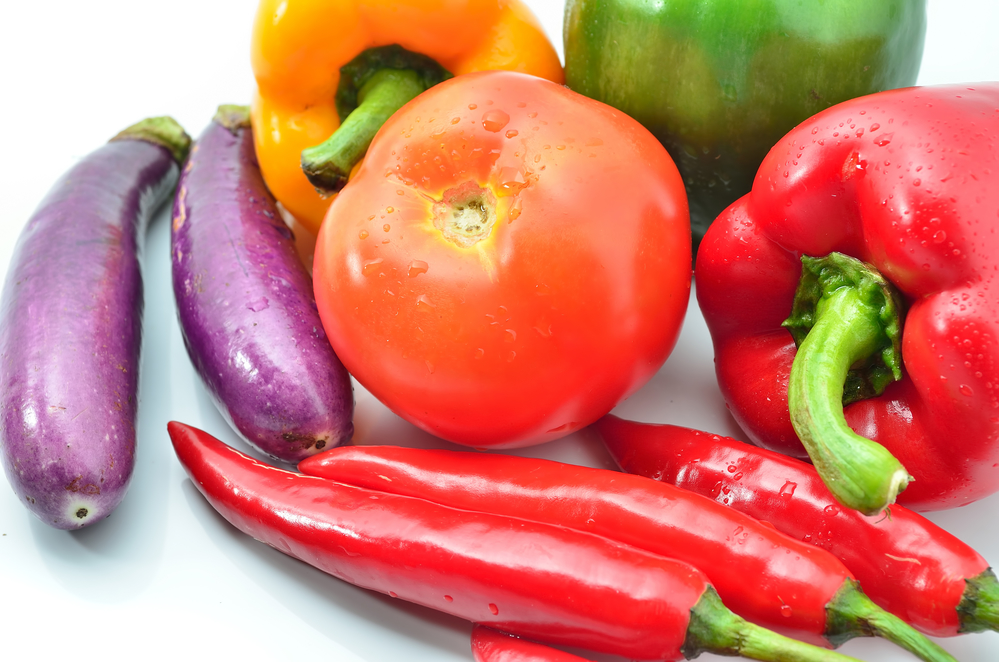- Home
- Blog
- Healthy Eating for Wellness
- Lectins - what you really need to know
Lectins - what you really need to know
Written by
on Wednesday, 15 May 2019.
Tagged: healthy eating, lectins, legumes, nutrition

There’s a lot of scare-mongering happening on the internet right now about the negative health implications of lectins and foods containing lectins. In this post I’ll explain what lectins are, where you’ll find them and whether or not you need to worry about them.
Much of what has been propagated on the internet is spurious, not evidence-based and is often touted by people wanting to sell you expensive supplements that will allegedly allow you to eat lectin-containing foods with no ill effects.
What are lectins?
Lectins are proteins. They bind to carbohydrates and are often called anti-nutrients because some of them can damage the structures of the small intestine and cause problems with the absorption of nutrients such as calcium, iron, phosphorus and zinc.
Where do you find them?
Lectins are found in food, all food. Some are harmful but others can be either helpful or neutral. The most toxic lectins are found in grains, legumes, dairy products and the vegetables from the nightshade family (potato, tomato, capsicum or bell pepper, zucchini, and eggplants).

Are they really harmful?
Some lectins are lethal. For instance, those from the castor bean plant which require only a small amount to be deadly. However, many others are toxic if they are not inactivated by some form of processing. For example, raw kidney beans are toxic in this regard and other beans can cause vomiting and diarrhoea if they have not been cooked sufficiently.
How can you deal with them?
Boiling beans for at least 10 minutes inactivates the lectins, as does the canning process. Many people soak beans and other legumes overnight before boiling them. This helps to soften the beans and means they are easier to cook through. Cooking in a slow cooker without first boiling for 10 minutes will NOT destroy the lectins.

Nightshade vegetables - are mostly always eaten cooked and so the lectins are destroyed . Tomatoes, chilli and capsicums, however, are often eaten raw but they appear not to cause problems. It is assumed that these lectins are tolerated by the body without ill-effect.
Whole grains are usually consumed cooked and so the lectins are destroyed. However, wheat germ, which is highest in lectins, should not be used in dishes that are not cooked unless the wheatgerm itself has been toasted.
Do you need expensive supplements?
In a word “no”. Just prepare your food properly and you should be fine.
You may also be interested in...
References / External articles
Foodwatch
The Good Stuff
The Boring Stuff
© 2025 Foodwatch Australia. All rights reserved
Website by Joomstore eCommerce





